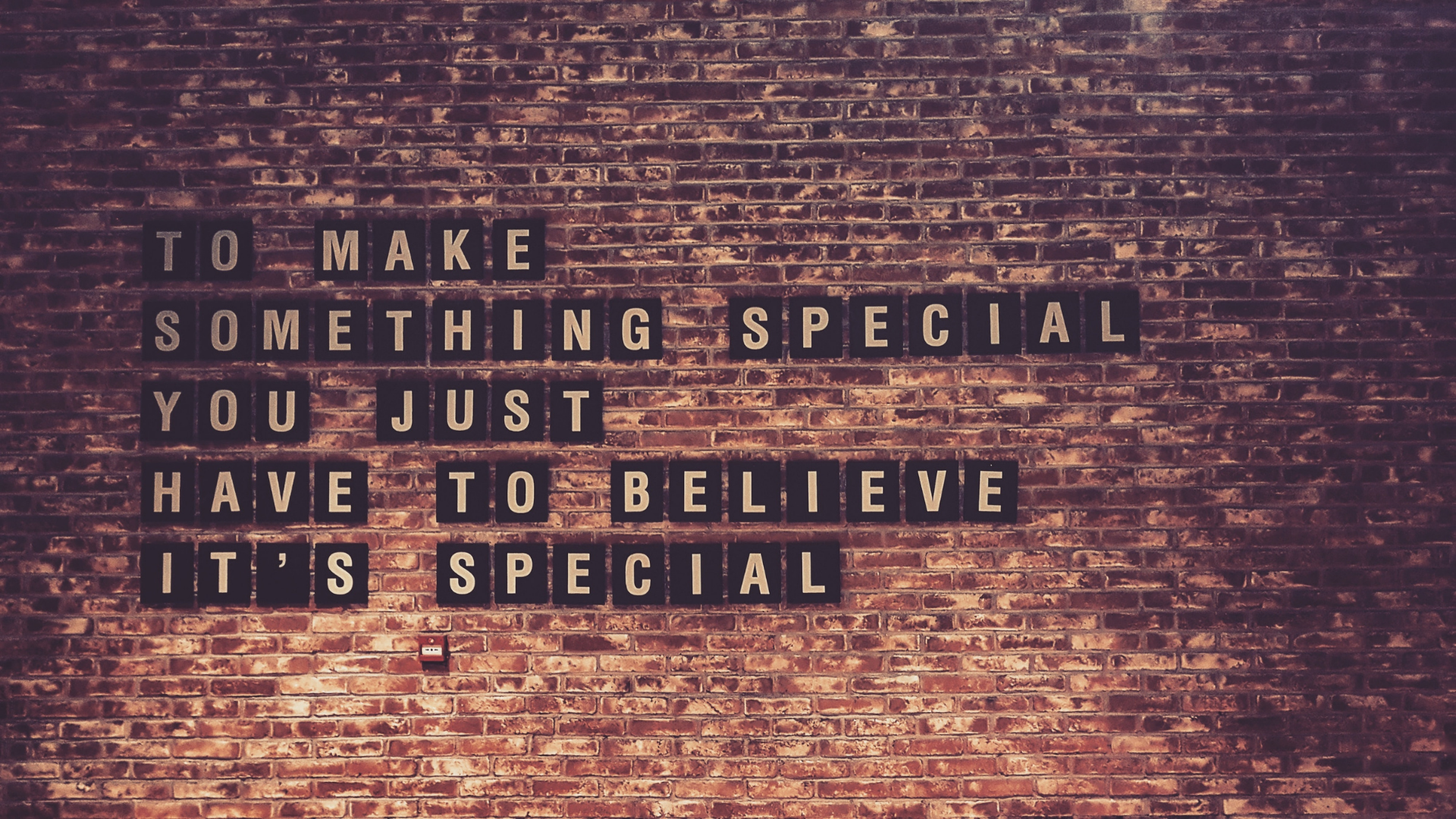Recent studies show that travelers increasingly are interesting in booking with companies whose values align with their own. There’s also been evidence of an increase in wanting to go deeper than your average bus tour (even if they’re also booking that bus tour).
However in reality, those same customers are also booking through Viator, GetYourGuide, etc. where individual company branding is hard to get across. So I can see how companies aren’t able to see the value of putting solid work into your brand if you aren’t getting that much direct traffic.
And still, I would argue that a Mission Statement is so much more than getting customers, it’s going to help you retain them once they’re already on your tour and encourage word-of-mouth marketing to get more people on your tours.
An authentic Mission Statement (one you truly believe in and isn’t just pulling from trendy concepts), should be the core of your brand and it will help you brand out the rest of your customer’s experience from the tour confirmation to any email correspondence to Moments on the actual tour. Which is vital in getting them to remember you.
You’ll know a tour is properly branded, when a guest will remember the name of your company (less common than you think as they more often remember; ‘that amazing food tour in Taipei’).
Bonus- you can even use brand as a performance metric for your guides.
In this article I’ll outline the simple process I like to use to develop Mission Statements & Purpose (which can be used whether you’re a large multi-destination operator, or a solo-guide-business)

Share this article
Mission Statement.
What do you do, for whom, how?
Your answer should be short and simple (two sentences at most).
“We [what], for [whom], by [how].”
It should also be specific. I’ll give you a bad example first;
“We create amazing tours, for travelers by showing them the local side of our cities.”
This is a very generic statement that doesn’t really tell you anything. To break it down I’d ask:
- What: “We create amazing tours”, How exactly are your tours amazing? How do you define amazing?
- For whom: “Travelers” is incredibly broad and unrealistic, I imagine that you don’t really believe that your tours are for every type of travelers and person. Are your tours for families with kids? Are they for foodies? For people who normally like to explore their own? For solo travelers? For the academic who want to dig deep into everything? Those would all be very different tours.
- How: “Showing the ‘local side of our cities” also leaves a lot of questions. How are you defining local? Does that mean a neighborhood far out from the center? If your tour includes major landmarks, are you showing them in a way that locals would also enjoy them?
To give you some better examples, let’s pretend that the following brands are looking to get into the tour business. Here’s how they might craft their Mission Statement (I’m obviously making these up):
Nike– if they ran jogging tours
“We create tours that help you move for travelers who want to stay active during their trip by combining the must-see sights with the best local jogging routes.”
Toyota– if they ran private multi-day trips
“We make road trips easier for families by taking care of all of the logistics and planning leaving you to enjoy being out on the open road without the stress of where to go and what to do.”
Related articles:
Purpose.
Why?
Or to be more specific, ‘Why do you do what you do’?
When talking about Responsible Business, you’ll see the phrase “triple bottom line” which refers to People, Planet, Profit. The idea is that while your product/service should be good for humanity and shouldn’t destroy the planet, it also needs to make a profit.
Because if you’re not making a profit, you’re not going to make it, and you can’t do any good as a company if you’ve closed…
I start with that to show that having a grand Purpose does not mean that you must sacrifice profit to do it. In fact, the bigger the Purpose, the more profit you will need to generate to achieve that.
Your Purpose (IF done well and incorporated properly into your company culture and brand) should be what motivates your team and your customers.
People often refer to a company’s Purpose as their North Star.
The best Purpose Statements (like business ideas) come from seeing a gap in the market.
Here are two tour companies that have incredibly strong Purpose Statements that guide how they put together their tours (and have gotten them a lot of press):
To balance out the lack of women seen in the official version of Australian history.
Celebrating the people, small businesses, and stories of Chinatowns.
Some actual Purpose Statements from larger companies for reference. If you think about it, you can link choices these companies have made and services they offer back to their Purpose:
Nike
“To bring inspiration and innovation to every athlete* in the world. (*If you have a body, you are an athlete)”
JetBlue
“To bring humanity back to air travel.”
Ikea
“To create a better everyday life for the many people”


